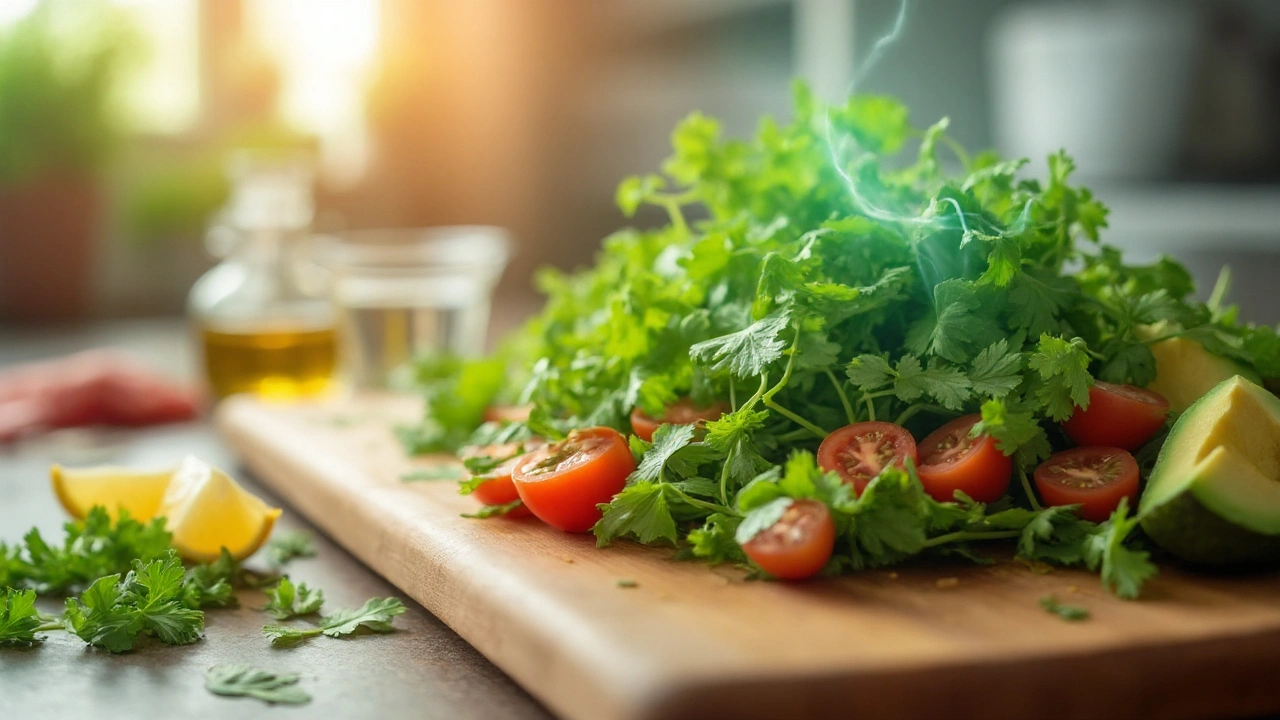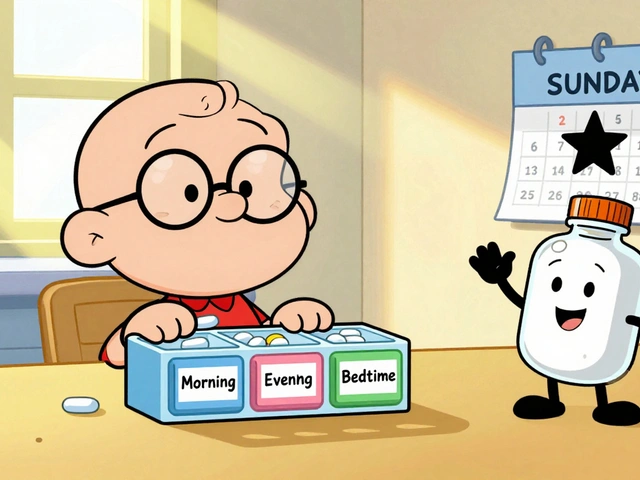Cilantro: Why This Bright Herb Is Worth Adding to Your Kitchen
If you’ve ever wondered why cilantro shows up in tacos, salads, and even smoothies, you’re not alone. This leafy green packs a punch of flavor and surprisingly useful nutrients. Below we break down the most useful facts, so you can decide whether cilantro earns a spot on your grocery list.
Quick health highlights
First off, cilantro is low‑calorie but rich in vitamins A, C, and K. Those vitamins support vision, immune function, and blood clotting. The herb also contains antioxidants like quercetin that help protect cells from damage. Some small studies suggest a single cup of fresh cilantro might lower blood‑sugar spikes after meals—great news for anyone watching their glucose.
Another perk is its potential to bind heavy metals. Lab work shows cilantro can pull out mercury and lead from the body, although you’d need a decent amount over time for any real effect. Still, adding a handful to a daily dish is a safe, tasty way to get that extra detox boost.
How to use cilantro in everyday cooking
Here are three effortless ways to make cilantro work for you:
- Fresh garnish: Sprinkle chopped leaves over soups, tacos, or grilled fish right before serving. The bright flavor lifts bland dishes instantly.
- Salsa or chutney: Blend cilantro with lime, jalapeño, and tomatoes for a quick sauce. It lasts a day in the fridge and pairs with almost anything.
- Smoothies: Toss a small handful into a green smoothie with spinach, pineapple, and coconut water. The taste is subtle, but the nutrients stay.
If you’re not a fan of the taste, try the stems—they’re milder and still carry the same vitamins. Just give them a quick rinse and slice them thin.
When buying cilantro, look for deep green leaves and firm stems. Avoid bunches that are wilting or turning yellow, as they lose flavor quickly. Store it in the fridge wrapped in a damp paper towel inside a plastic bag; it should stay fresh for up to a week.
Got leftover cilantro? Freeze it! Chop the herb, place it in ice‑cube trays with a little water or olive oil, then store the cubes in a freezer bag. You’ll have ready‑to‑use portions for sauces and soups without worrying about waste.
Bottom line: cilantro isn’t just a garnish—it’s a nutrient‑dense herb that can brighten meals and give you a tiny health edge. Whether you sprinkle it on a taco, blend it into a smoothie, or freeze it for later, the herb is flexible enough for any kitchen skill level.
Ready to try it? Grab a bunch at your local market, give it a quick rinse, and start experimenting. You might find that cilantro becomes your go‑to flavor booster for weeks to come.




